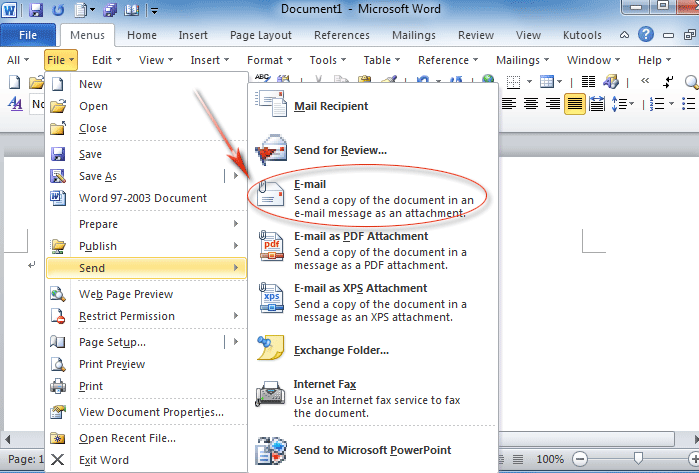

Choose the location where you want to save the PDF file, enter a file name for the PDF file, and click the Save button.
#XPS INSERT INTO WORD INSTALL#
We recommend one of the two following free PDF conversion applications.ĭownload and install one of the two PDF conversion applications, then follow the steps below to print your Word document to a PDF file. Printing to PDF requires your computer has a PDF creation program installed, so that Word can print to that PDF converter. The published PDF file will be opened in your default PDF viewing application.Ī Word document can be electronically printed to a PDF format, creating a PDF file.

Make sure the Save as type drop-down list is set to PDF (*.pdf), then click the Publish button. In the Publish as PDF or XPS window, choose the location where you want to save the file.Select the Create PDF/XPS Document option, then click the Create PDF/XPS button.Follow the steps below to export your Word 2016 document to PDF. Click the Save button to save the Word document as a PDF.Ī new feature available in Microsoft Word 2016 is the ability to export a Word document to PDF format, creating a PDF file.In the Save as type drop-down list, select the PDF (*.pdf) option.On the Save As window, click the Browse button or option to select a location on your computer to save the file.Click the File tab or menu option at the top-left of the Word program window.Open an existing Word document or create a new Word document.Under Display group of options, uncheck Disable hardware graphics acceleration.In most versions of Microsoft Word, you can save the Word document straight to a PDF file type by following the steps below.In Word 2013 click on File, Options, Advanced.This is a bit of a long shot, but also try to turn off this setting: At the bottom of the page, click the Standard button (publishing online and printing) instead of Minimum size (publishing online).Click File, Save As, then select PDF from the drop-down menu.One thing that worked for me recently was to change from Minimum to Standard settings. You can also change the PDF optimization settings. Select Set default target output to 220 ppi.Click Advanced, scroll down to Image Size and Quality.You can turn off this compression setting as follows: Note: Turning off compression can cause very large file sizes without an upper limit on the file size. This can reduce the image quality when converting to PDF. Note: In some instances, unchecking the ISO19005-1 Compliant option seems to work.ĭoes this resolve the issue? If not, try the following.īy default, MS Word compress images.
#XPS INSERT INTO WORD ISO#



 0 kommentar(er)
0 kommentar(er)
